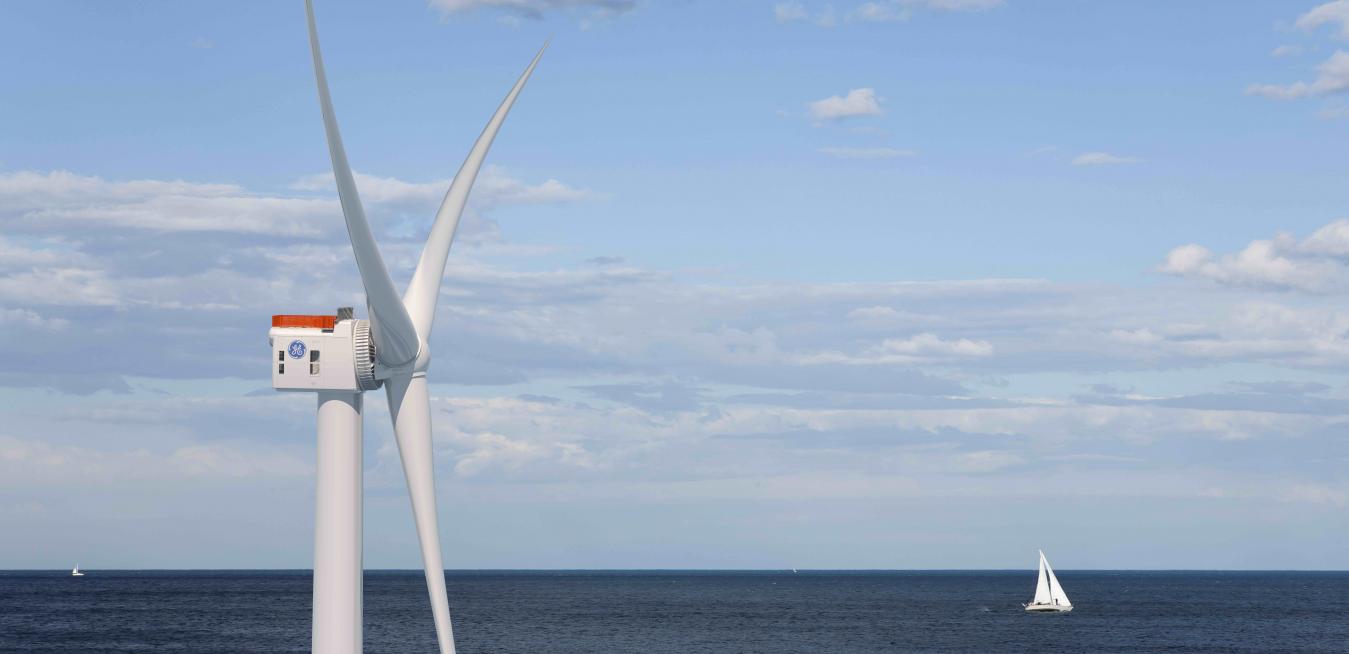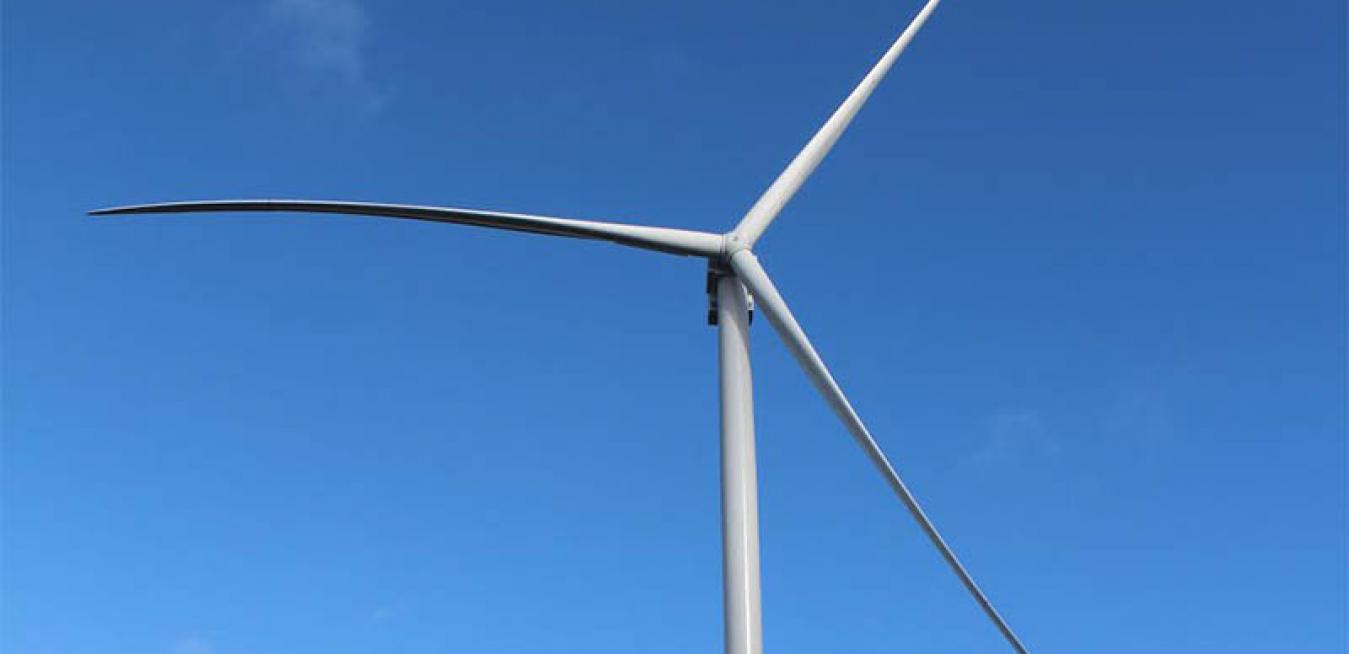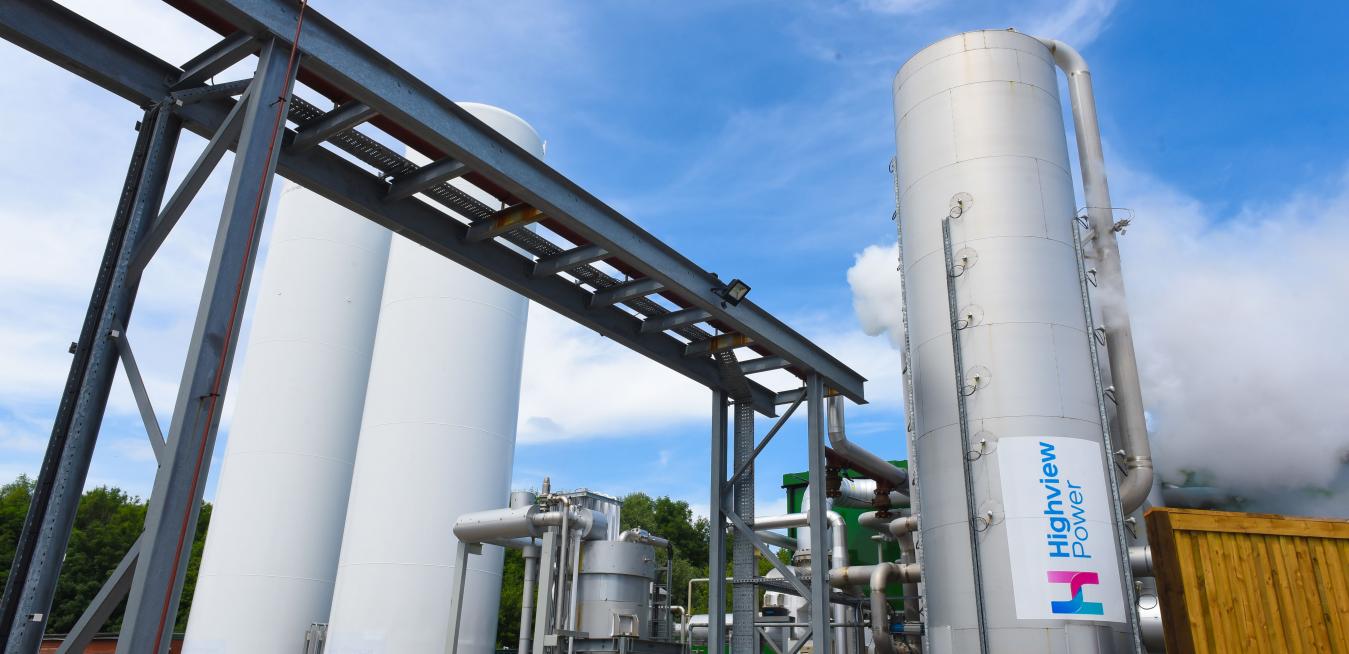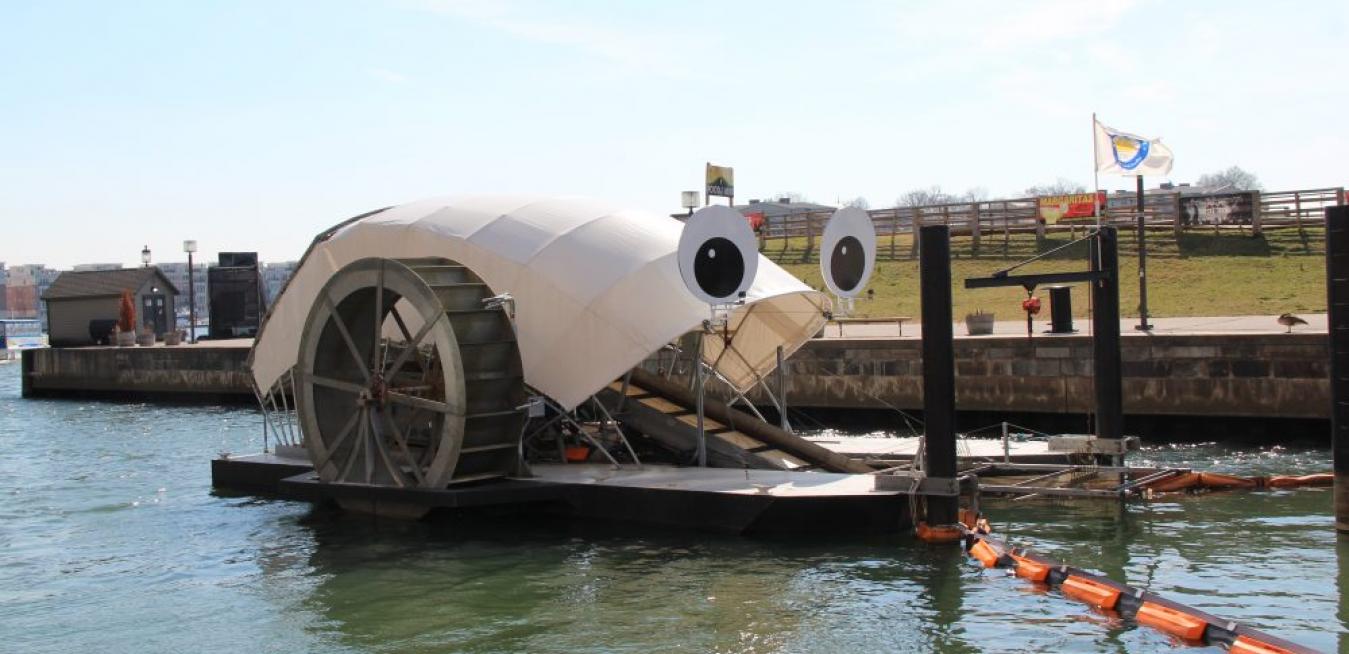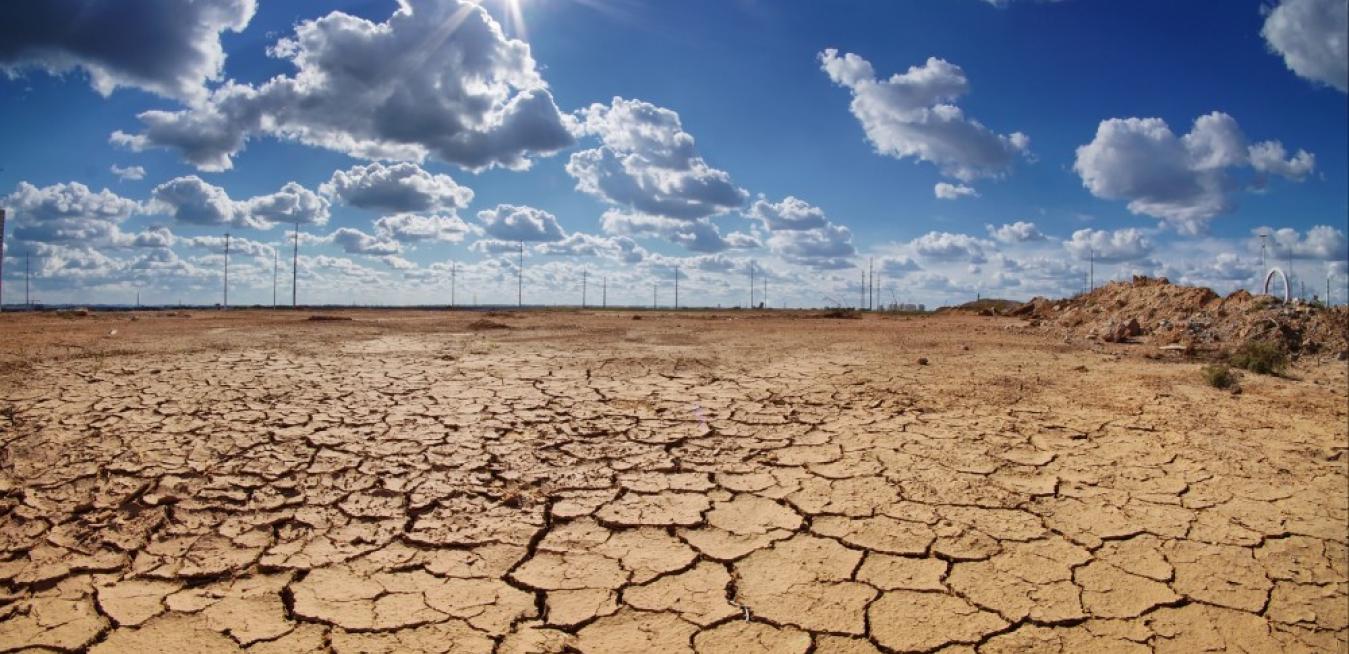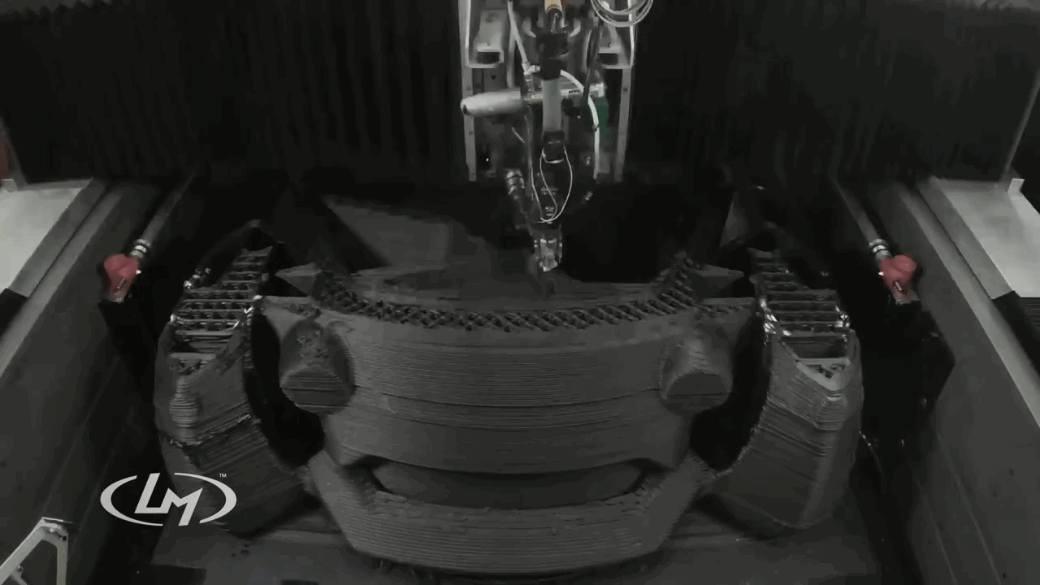GE announced today that it is aiming to achieve carbon neutrality across its operations by 2030. The company is in a unique position to realize that objective, writes GE Chairman and CEO Larry Culp in a LinkedIn post, by virtue of “our history of innovation, our global footprint and the industries we are in.”
With a rotor diameter of 158 metres, GE's Cypress platform wind turbines will be the largest in Asia
GE’s Cypress platform wind turbines used in the second phase of the Mui Ne wind farm invested by The Blue Circle and AC Energy will be the largest rotor diameter for an onshore project in Asia (158 metres) and will be the first to transport blades in two pieces before assembly on site.
Back in 2005, wind power, solar energy and electric vehicles were subscale technologies when GE launched Ecomagination, which strives to improve business and environmental performance, all while generating revenue. Today, these technologies have gone from expensive pilots to mainstream services, and they’re accelerating fast, write Ann Condon, GE’s Director of Resources and Environmental Strategies, and Paul Holdredge, Manager, Resources and Environmental Strategy.
Mr. Trash Wheel— the world’s first sustainably-powered trash collector— has removed over 9 million cigarette butts, nearly 500,000 polystyrene containers and close to 400,000 plastic bottles from Baltimore’s harbor. But is he a match for the "Great Pacific Garbage Patch?" Adam Lindquist, Director of Baltimore’s Healthy Harbor Initiative, explains.
The extent to which we support energy innovation today will determine the world our children and grandchildren inherit in 2050. It takes 30 years or more to successfully commercialize and deploy transformative new energy technologies at scale, so the investments we choose to make over just the next 5 years – or indeed those we don’t - will determine their fate.
The year 2050 sounds pretty far away, doesn’t it? But in terms of the world our children and grandchildren will inherit, 2050 is today: it’s right around the corner.
In about two decades, companies and governments will invest between $7 trillion and $11 trillion in renewable energy. Carlos Pascual, senior vice president at IHS, Ecomagination Advisory Board member and former U.S. ambassador to Ukraine and Mexico, describes four guideposts for stakeholders when it comes to this market's viability.
Peter LaPuma, professor of environmental and occupational health at George Washington University, sits down with GE Reports to discuss society’s “inevitable transition to cleaner energy sources,” and what’s missing from the climate change debate.
- You focus a lot on climate change in your work. Where are you seeing the most progress?
